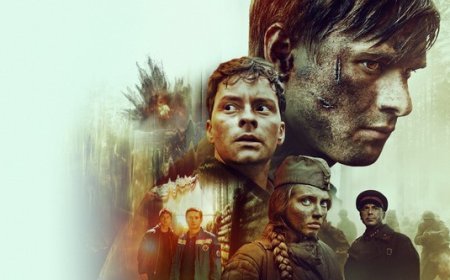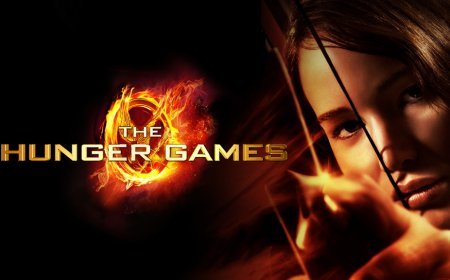Cujo (1983)
Cujo (1983), directed by Lewis Teague and based on Stephen King’s novel, is a tense psychological horror-thriller about a family trapped by a rabid St. Bernard. When Donna Trenton (Dee Wallace) and her young son Tad (Danny Pintauro) find themselves stranded at a remote mechanic’s garage, they become the targets of Cujo, a once-gentle dog turned into a relentless killer due to rabies. As the heat and fear intensify, Donna must fight for survival in a claustrophobic and terrifying battle. With gripping suspense, raw performances, and a relentless sense of dread, Cujo remains one of the most intense adaptations of King’s work.
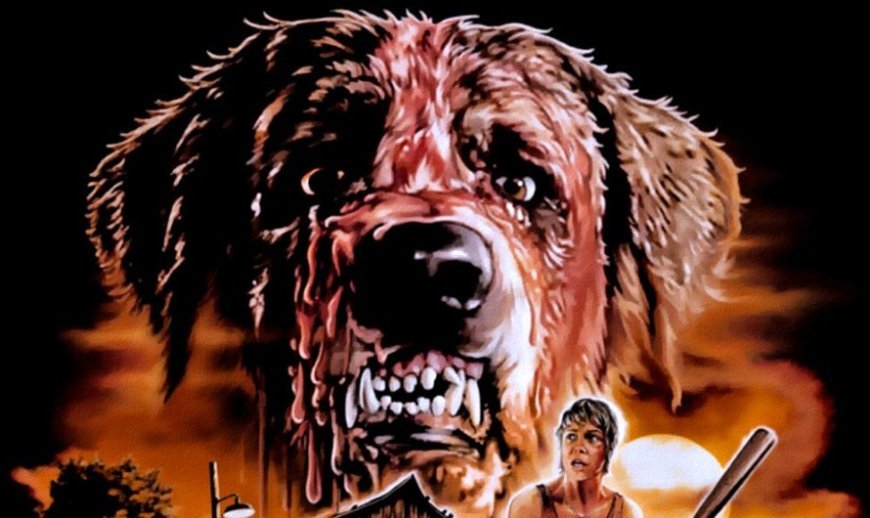
Cujo (1983), directed by Lewis Teague, is a harrowing psychological horror film based on Stephen King’s novel of the same name. The film tells the story of Cujo, a large, affectionate St. Bernard who, after being bitten by a rabid bat, transforms into a monstrous killing machine. What starts as an idyllic small-town setting quickly descends into a nerve-wracking nightmare as Cujo turns on the unsuspecting humans around him.
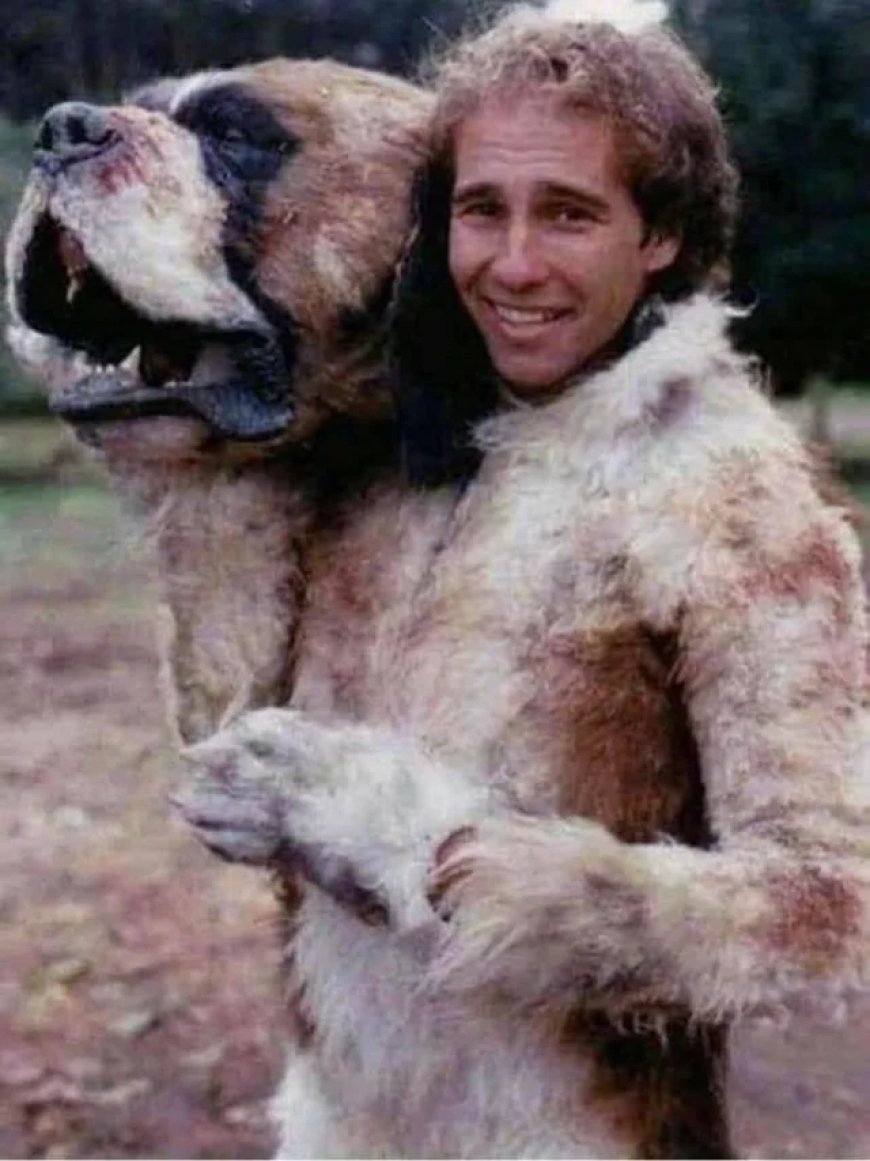
At the heart of the film is Donna Trenton (Dee Wallace), a woman trapped in an unhappy marriage, and her young son, Tad (Danny Pintauro). When their car breaks down at a rural mechanic’s shop, they become stranded and are forced into a desperate fight for survival as Cujo, now a vicious and mindless predator, attacks. With no way to escape and the summer heat worsening their predicament, Donna must find the strength to protect her child in a terrifying standoff.
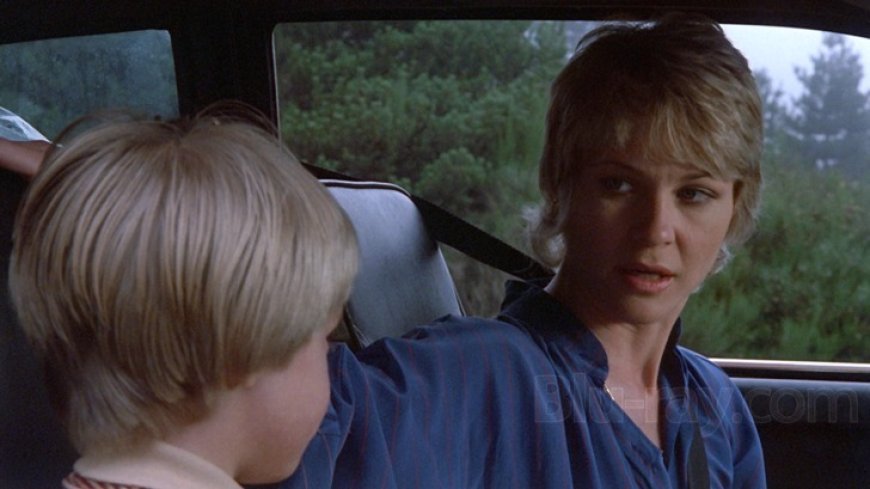
Unlike many horror films that rely on supernatural elements, Cujo draws its horror from a realistic and primal fear—the unpredictability of nature. The film’s tension is heightened by its relentless atmosphere of isolation and dread, with much of the action taking place inside the sweltering, confined space of a broken-down car. Dee Wallace delivers a powerhouse performance, portraying a mother’s desperation and determination with raw intensity. Danny Pintauro also gives a compelling performance as Tad, whose sheer terror amplifies the film’s emotional stakes.
The cinematography and direction effectively build suspense, using close-up shots and erratic camera movements to put the audience in the characters’ panicked state of mind. The practical effects bring Cujo to terrifying life, with clever use of real dogs, animatronics, and editing to create an almost supernatural level of menace. The film’s sound design adds to the experience, with Cujo’s growls and the suffocating silence of the empty countryside amplifying the horror.
Ultimately, Cujo is more than just a simple animal-attack movie; it is a study in fear, survival, and the lengths to which a mother will go to protect her child. It remains one of the most intense and emotionally draining adaptations of Stephen King’s work, offering a relentless, claustrophobic horror experience that lingers long after the credits roll.
What's Your Reaction?








